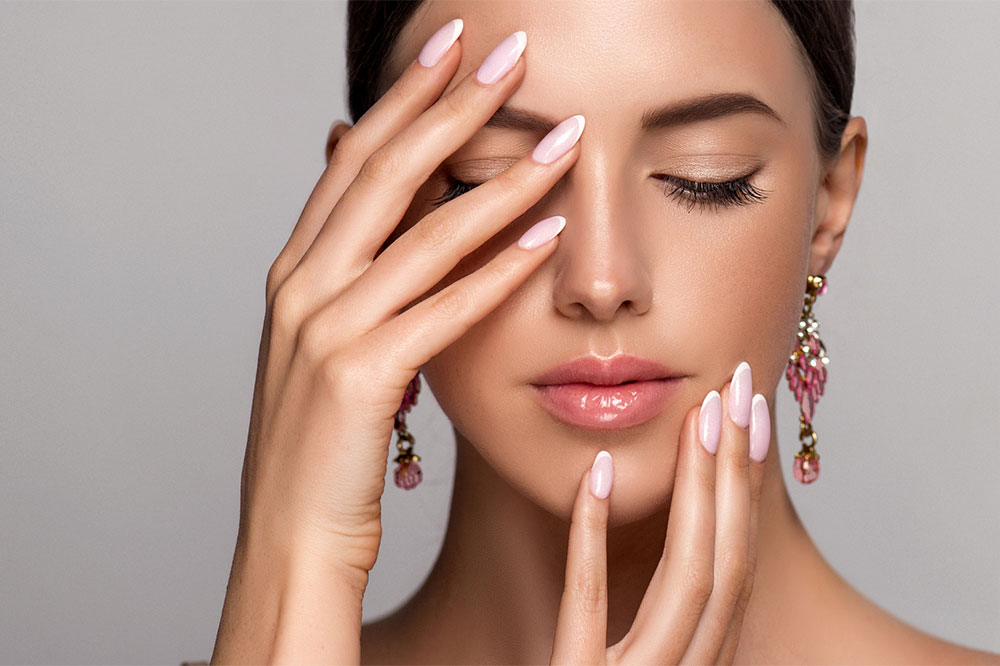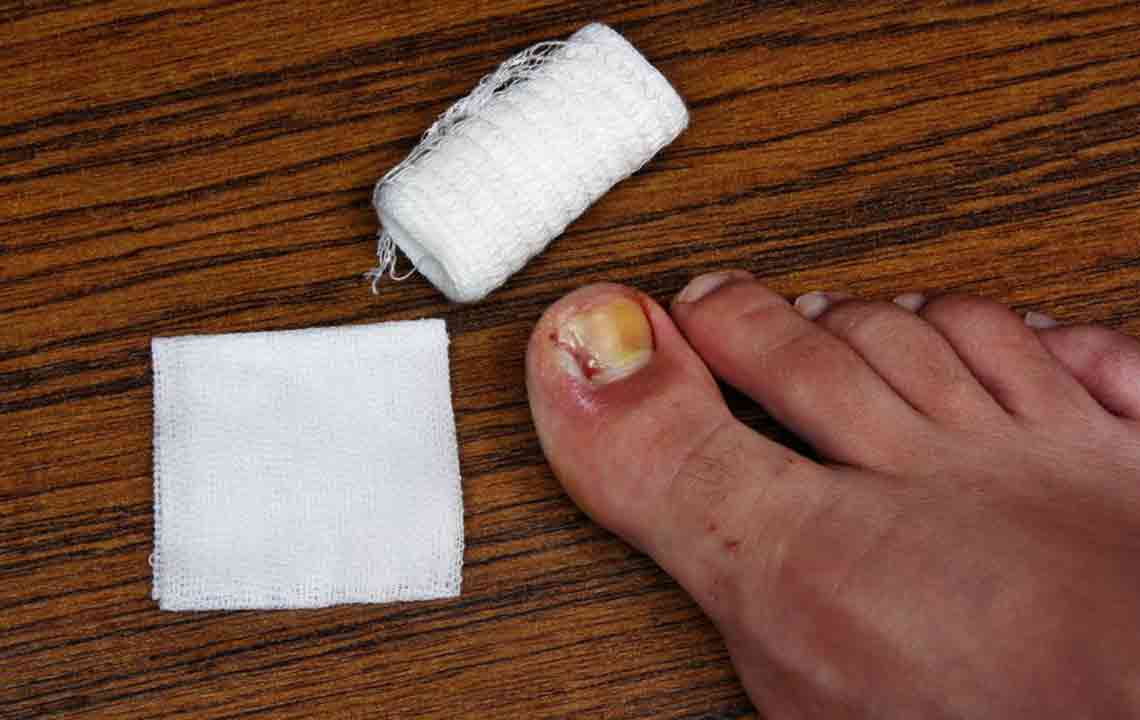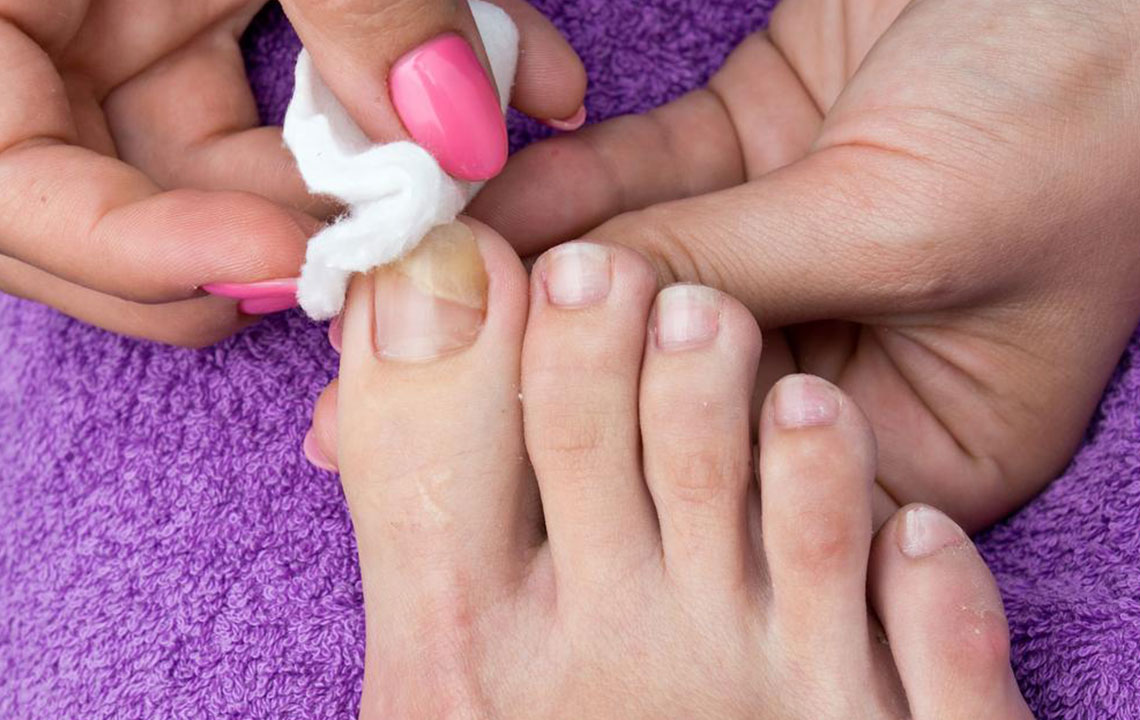Comprehensive Guide to Common Nail Disorders and Their Causes
This comprehensive article provides an in-depth overview of common nail disorders, their causes, symptoms, and treatment options. It emphasizes the importance of early diagnosis, proper nail care, and hygiene practices to maintain healthy nails. The article also highlights the significance of recognizing signs of serious underlying health issues through nail changes, promoting proactive healthcare. Suitable for readers seeking detailed information on nail health, it offers practical advice for prevention and management of nail conditions, fostering better overall health awareness.

Understanding Common Nail Disorders and Their Underlying Causes
Nails are often overlooked parts of our body, yet they serve as important indicators of our overall health. Their appearance can reflect internal health issues, nutritional deficiencies, or infections. Proper nail care and hygiene are essential to maintain healthy nails and prevent common disorders. Recognizing early signs of nail problems allows for timely intervention, which can prevent complications and promote quick recovery. This comprehensive guide explores prevalent nail conditions, their causes, symptoms, and effective treatment options.
Healthy nails are smooth, with consistent coloring and a firm texture. Any deviation from this norm—such as discoloration, thickening, or crumbling—may indicate an underlying health issue. It’s important to observe nail changes and consult a healthcare professional if abnormalities persist or worsen.
Common Nail Disorders and Their Causes
Paronychia – Infection of the Skin Folds
One of the most common nail issues is paronychia, an infection that occurs around the nail fold. This condition is typically caused by bacteria, fungi, or viruses invading the skin around the nail, resulting in redness, swelling, pain, and sometimes pus formation. Paronychia often develops from minor trauma, such as nail biting, manicures, or cuts, which compromise the skin’s barrier. It can also result from prolonged moisture exposure, which creates a favorable environment for microbial growth.
Prompt treatment of paronychia involves antibiotics or antifungal medications, depending on the causative pathogen. Maintaining proper hand hygiene and avoiding excessive moisture exposure are crucial preventive measures.
Pseudomonas Infection – Bacterial Nail Discoloration
Pseudomonas aeruginosa is a common bacterium responsible for causing a distinctive greenish discoloration of the nail, especially in cases where fungal infections are present alongside bacterial colonization. This bacterial infection affects the area between the nail plate and nail bed, leading to discoloration, foul odor, and sometimes pain. Pseudomonas infection often occurs in people with compromised nails due to trauma or fungal infections and can be exacerbated by improper nail hygiene.
Treatment generally includes topical antibacterial agents and maintaining dry, clean nails. Addressing the root cause—such as fungal infections or skin trauma—is essential for effective management.
Onychomadesis – Detachment and Deterioration of the Nail
Onychomadesis refers to the shedding or detachment of the nail from the nail matrix. It can happen due to various factors, including severe injury, infections, or systemic illnesses. Nail detachment often starts with the appearance of ridges or white discolorations before the complete separation occurs. This condition predominantly affects the fingernails and toenails and can be distressing for individuals impacted.
Proper wound care, avoiding trauma, and timely medical intervention can help manage the condition. In some cases, underlying systemic health issues, such as autoimmune diseases, need to be addressed to prevent recurrence.
Nail Thickening – Onychauxis
Nail thickening, medically termed onychauxis, is characterized by abnormally thick and sometimes brittle nails. This condition often results from chronic infections, psoriasis, or systemic health issues such as circulation problems or metabolic disorders. Thickened nails can impair normal functioning and grooming, making them susceptible to fungal or bacterial infections.
Early diagnosis and treatment involve addressing the primary health issue. Podiatrists or dermatologists may recommend topical treatments, oral medications, or affected nail removal in severe cases.
Any persistent changes in the appearance, texture, or structure of nails should prompt consultation with healthcare professionals. These signs may be early indicators of more serious conditions, such as fungal infections, psoriasis, or systemic illnesses that require comprehensive management.
Preventive Measures and Nail Care Tips
Maintaining healthy nails starts with proper hygiene and nail care practices. Regularly cleaning and moisturizing nails, avoiding biting or picking at nails, and wearing protective gloves during household chores can prevent many nail problems. Additionally, avoiding excessive moisture and trauma to the nails reduces the risk of infections and injuries.
Healthy dietary habits, including sufficient intake of vitamins and minerals like biotin, zinc, and iron, contribute to nail strength and resilience. If you notice any unusual changes or persistent discomfort, seeking advice from a dermatologist or healthcare provider is essential for early diagnosis and effective treatment.
In more severe or persistent cases, medical interventions may be necessary, such as topical or oral medications, or minor surgical procedures. Regular check-ups are advisable, especially for individuals with chronic health conditions or those prone to nail issues.
Conclusion
Our nails are more than just aesthetic features; they are vital indicators of our overall health. Understanding common nail disorders and their causes enables us to take proactive measures to safeguard our nail health. By practicing good hygiene, seeking timely medical advice, and maintaining a balanced diet, we can prevent many nail problems and maintain healthy, strong nails for years to come. If you experience persistent or severe nail changes, consult a healthcare professional promptly to prevent complications and ensure proper care.





